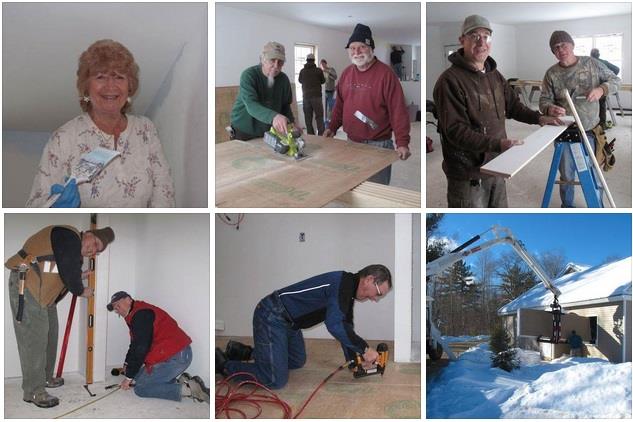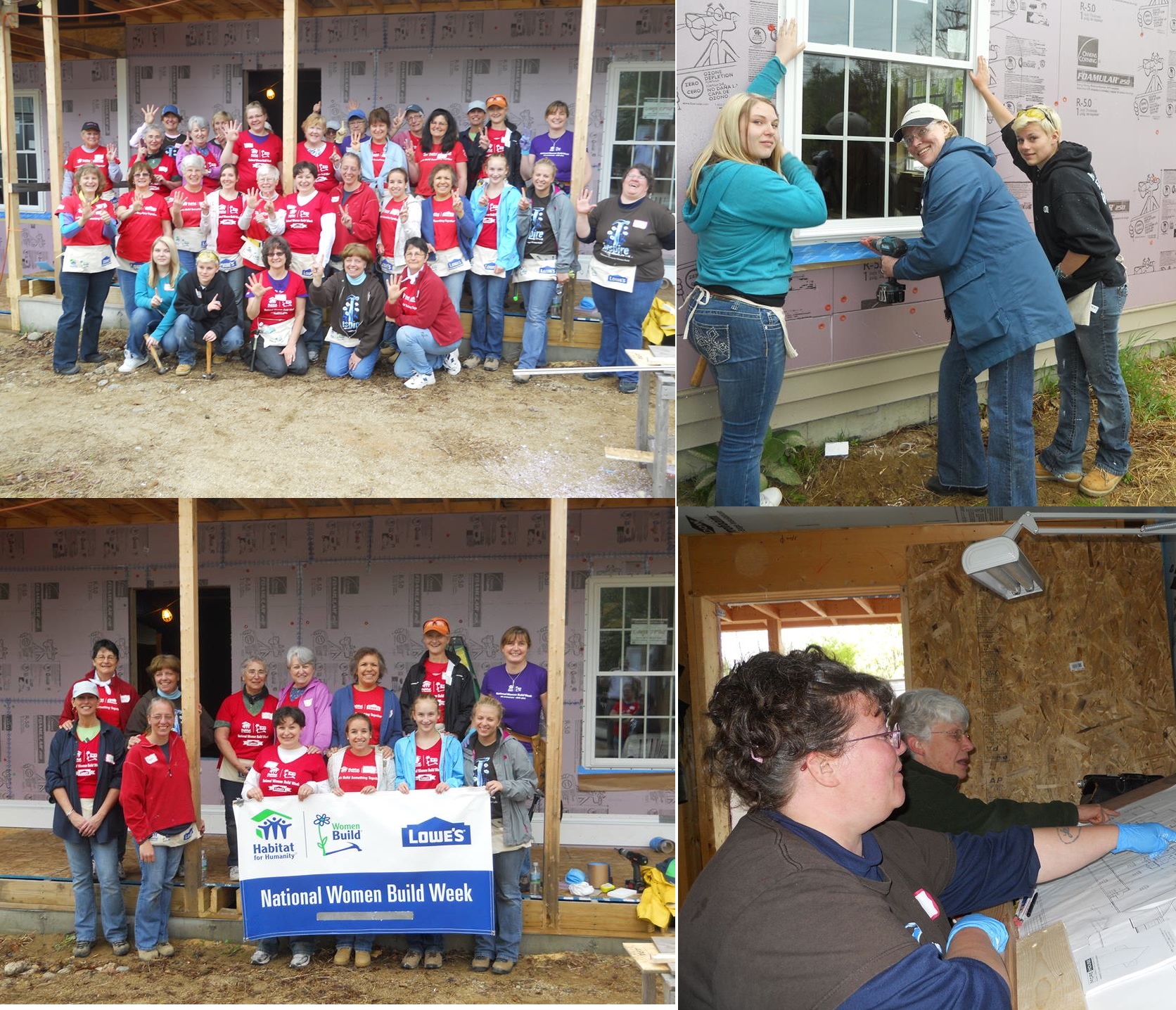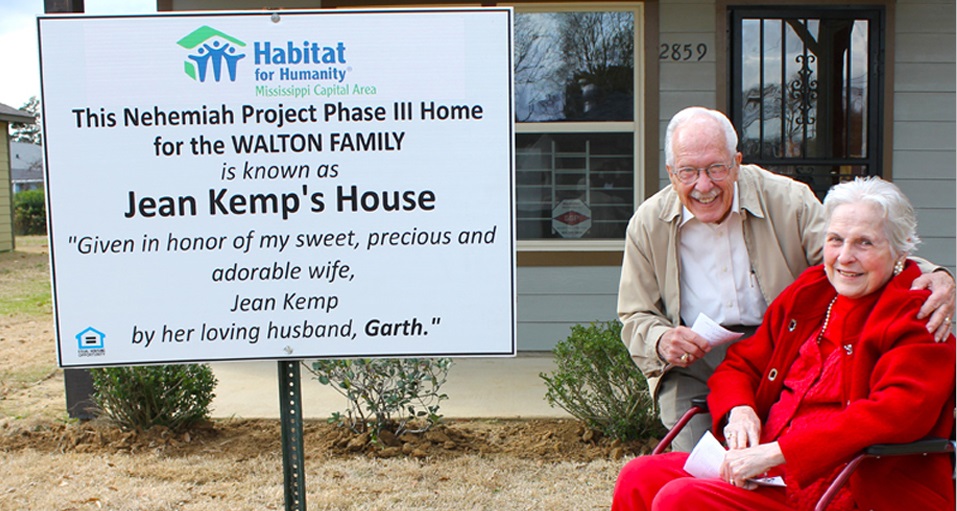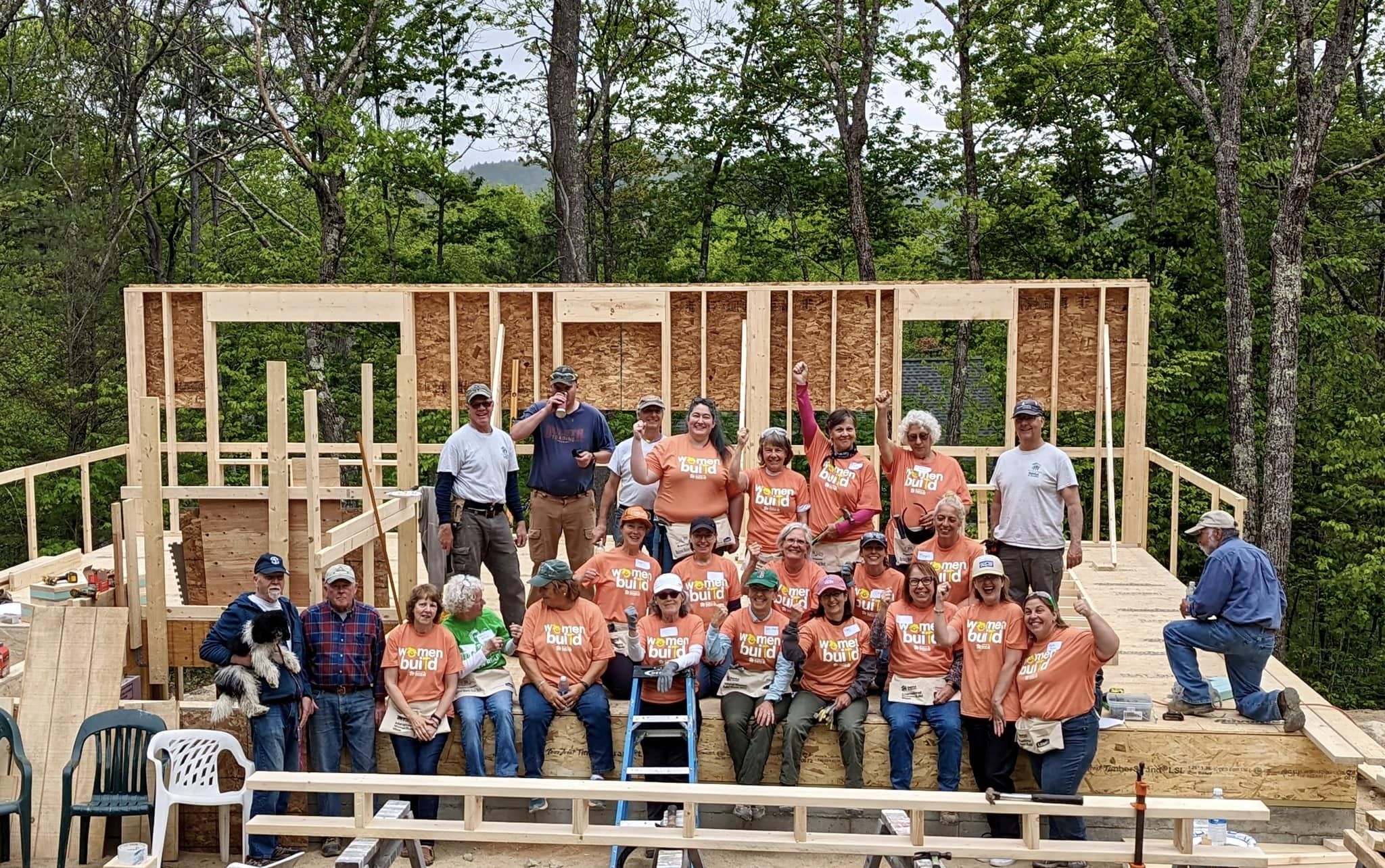Volunteering has a meaningful, positive impact on those you volunteer for, but did you know that it can have many benefits for you too? Here are some reasons to volunteer:
Learn or develop a new skill
Volunteering is the perfect vehicle to discover something you are really good at and develop a new skill. As Mahatma Gandhi said, “Live as if you were to die tomorrow. Learn as if you were to live forever.” It is never too late to learn new skills and no reason why you should stop adding to your knowledge just because you are in employment or have finished education. Planning and implementing a major fundraising event can develop goal setting, planning and budgeting skills. Supervising and training other volunteers helps to develop supervisory and training skills.
Be part of a community
No man or woman is an island. We sometimes take communities for granted. People and societies co-depend on each other for survival but growth of such things as commercialism are seeing traditional values being disregarded. Communities are suffering due to the growth of secular societies but at the same time we can really bridge that expanding gap through volunteering. Volunteering is ultimately about helping others and having an impact on people’s well being. What better way is there to connect with your community and give a little back? As a volunteer, you certainly return to society some of the benefits that society gives you.
Motivation and sense of achievement
Fundamentally, volunteering is about giving your time, energy and skills freely. Unlike many things in life there is choice involved in volunteering. As a volunteer you have made a decision to help on your own accord, free from pressure to act from others. Volunteers predominantly express a sense of achievement and motivation, and this is ultimately generated from your desire and enthusiasm to help. Sometimes volunteers are regarded as do-gooders and those that hold that view also assume that one person can never make a differnece. It may be true that no one person can solve all the world’s problems, but what you can do is make that little corner of the world where you live just that little bit better.
Boost your career options
A survey carried out by TimeBank through Reed Executive showed that among 200 of the UK’s leading businesses
73% of employers would recruit a candidate with volunteering experience over one without
94% of employers believe that volunteering can add to skills
94% of employees who volunteered to learn new skills had benefited either by getting their first job, improving their salary, or being promoted
Also, if you are thinking of a career change then volunteering is a perfect way to explore new fields. If you have a passion for the arts but have career in computing then why not volunteer at your local theater? Or if your ambitions are to be a doctor why not find out about volunteer opportunities at your local hospital – the ideal way to expand your work portfolio in your field and to gain a real insight into your chosen path.
New interests and hobbies
Sometimes we do get locked into the “rat-race” of life and volunteering can give that escape to everyday routine and create a balance in our lives. Finding new interests and hobbies through volunteering can be fun, relaxing and energizing. Help run a youth radio station or website for a few hours a week or assist in publishing a charity newsletter. The energy and sense of fulfillment can carry over to a work situation and sometimes helps to relieve tensions and foster new perspectives for old situations. Sometimes a volunteer experience can lead you to something you never even thought about or help you discover a hobby or interest you were unaware of. You can strengthen your personal/professional mission and vision by exploring opportunities and expanding your horizons.
New experiences
Volunteering is a brilliant way to get life experience. Whether you build a library or mail flyers to raise awareness for a local charity, you will experience the real world through hands-on work. This guide section has established that volunteers can do almost anything and with the new millenium has dawned an era of infinite volunteer opportunities. For example, it is possible to volunteer in developing countries and see the direct impact of your actions on some of the most vulnerable people of the world. You could skydive for charity, a chance to experience the ultimate thrill and raise funds to help the charity continue its work.
Meeting a diverse range of people
Volunteering brings together a diverse range of people from all backgrounds and walks of life. Both the recipients of your volunteer efforts and your co-workers can be a rich source of inspiration and an excellent way to develop your interpersonal skills. Volunteering also offers an incredible networking opportunity. Not only will you develop lasting personal and professional relationships but it is also a great way to learn about people from all walks of life, different environments, and new industries. Networking is an exciting benefit of volunteering and you can never tell who you will meet or what new information you will learn and what impact this could have on your life.
Send a signal to your employer, teachers, friends and family…
People pay attention to your life outside the environment in which they have direct contact with you. For example, your employer would be interested in the activities that gives you a good work-life balance, just as academic institutions are interested in your extra-curricular activities. Volunteering reflects and supports a complete picture of you, and gives real examples of your commitment, dedication and interests. Show people what you are passionate about and maybe you will inspire them too!





